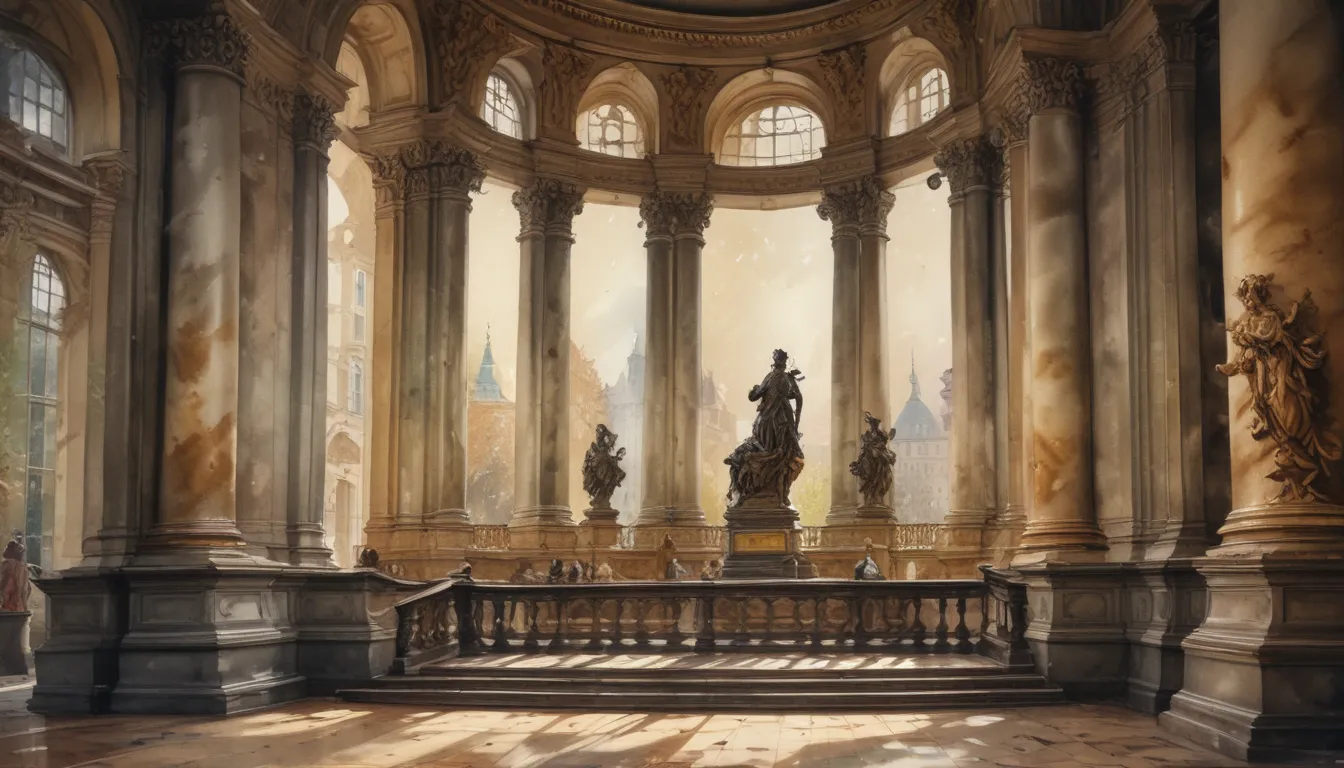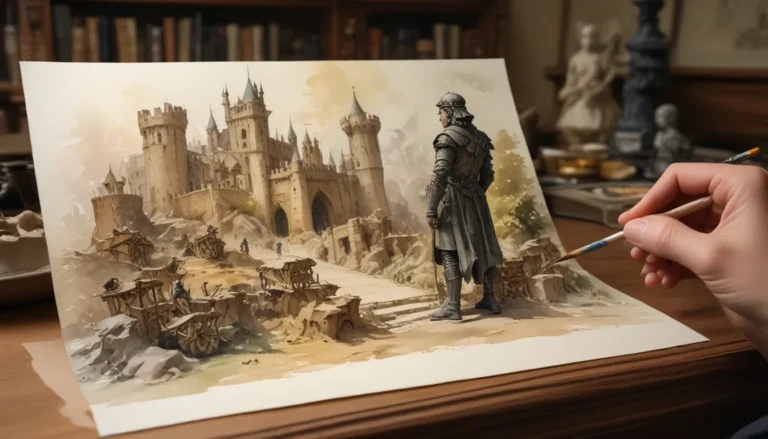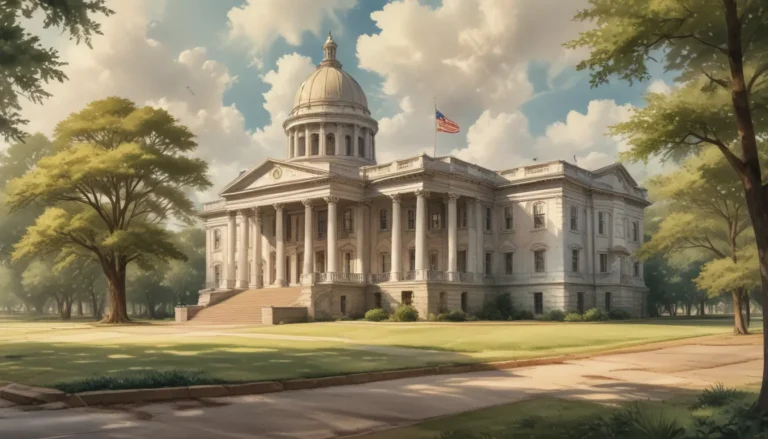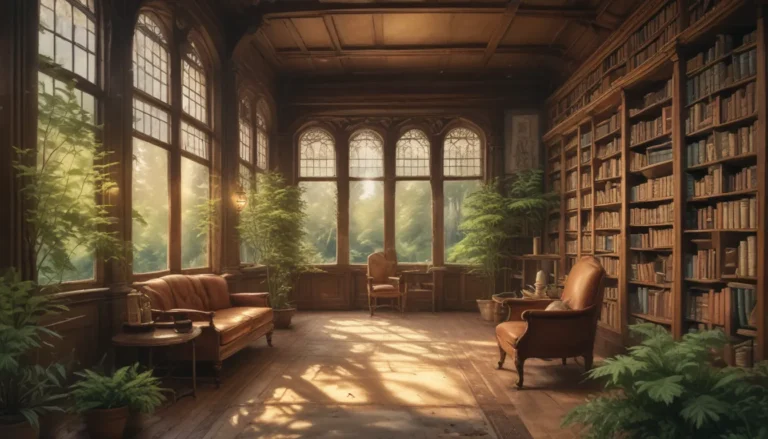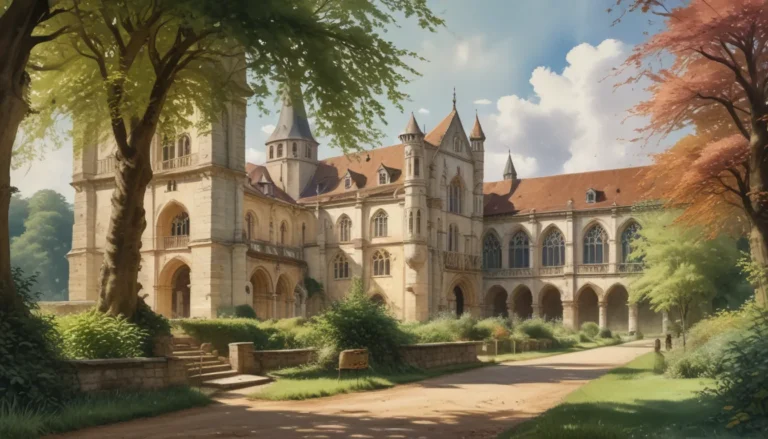The images in our articles are for illustrative purposes only and may not exactly match the content. They are intended to capture your interest and complement the text, not to replace it.
Are you fascinated by historical landmarks that offer a glimpse into the past and celebrate the achievements of remarkable individuals? If so, the Maria Theresia Monument in Vienna, Austria, is a must-visit attraction that will captivate your imagination and leave you in awe of its grandeur. In this article, we will uncover 11 intriguing facts about this iconic monument, from its majestic location to its cultural significance, inviting you to delve deeper into its history and legacy.
Majestic Location: A Heartbeat of Vienna
Nestled in the heart of Vienna, the Maria Theresia Monument graces the Maria Theresienplatz square, surrounded by the prestigious Museum of Art History and the Museum of Natural History. This central location makes it a significant focal point and an essential stop for visitors exploring the rich cultural landscape of the city.
Monumental Dimensions: A Testimony to Architectural Grandeur
Standing tall at 20 meters, the Maria Theresia Monument commands attention with its imposing presence and intricate design. A masterpiece of neoclassical architecture, it reflects the artistic prowess of its time and serves as a symbol of historical reverence and cultural pride.
The Empress’s Tribute: Emperor Franz Joseph’s Commemorative Gesture
Commissioned by Emperor Franz Joseph I of Austria in 1879, the monument pays homage to Empress Maria Theresia, a revered figure in Austrian history. Renowned sculptor Kaspar von Zumbusch was tasked with bringing this monumental tribute to life, immortalizing the legacy of one of the most influential rulers of the Habsburg dynasty.
Symbolic Design: Unveiling Empress Maria Theresia’s Majesty
At the heart of the monument, Empress Maria Theresia sits regally on a throne, holding a scepter and orb that symbolize her power and authority. Surrounding her are allegorical figures representing virtues such as justice, wisdom, and fortitude, reflecting the empress’s impact on governance and society.
Bronze Elegance: A Timeless Tribute to a Timeless Empress
Crafted entirely in bronze, the Maria Theresia Monument exudes a captivating allure that transcends time. The intricate details and lifelike features created through advanced casting techniques highlight the skill and artistry of the sculptors involved in its creation.
Cultural Celebration: Honoring Maria Theresia’s Legacy
The grand unveiling of the Maria Theresia Monument on May 13, 1888, marked a momentous occasion in Austrian history, commemorating the 100th anniversary of Empress Maria Theresia’s passing. It stood as a proud tribute to her progressive reforms and lasting impact on the nation’s cultural and educational development.
Tourist Delight: A Point of Attraction for Visitors
Beyond its historical significance, the Maria Theresia Monument has become a popular tourist destination, drawing visitors from around the world to admire its beauty and appreciate the legacy of Empress Maria Theresia. Its harmonious blend of architectural styles and cultural symbolism make it a captivating sight for all who visit.
Restoration Legacy: Preserving the Monument’s Splendor
Throughout the years, the Maria Theresia Monument has undergone meticulous restoration efforts to ensure its continued splendor and structural integrity. Skilled artisans and conservators have dedicated themselves to maintaining the monument’s beauty for future generations to appreciate.
Cultural Heritage: Embodying Austria’s Strength and Resilience
As a symbol of Austria’s cultural heritage, the Maria Theresia Monument stands as a testament to the nation’s strength, beauty, and resilience. It serves as a reminder of the empress’s great achievements and contributions to the country’s history, inspiring admiration and reverence among visitors and locals alike.
An Enduring Tribute: Maria Theresia’s Enduring Legacy
Empress Maria Theresia’s legacy lives on through the monument that bears her name, commemorating her progressive vision, dedication to the arts, and educational reforms. Her influence continues to resonate through the ages, inspiring generations to appreciate the power of leadership and the enduring impact of individual contributions to society.
The Maria Theresia Monument: A Timeless Legacy
In conclusion, the Maria Theresia Monument in Vienna is more than just a work of art; it is a profound symbol of history, culture, and female empowerment. Its striking design, rich symbolism, and historical significance make it a must-see attraction for anyone interested in exploring the intersection of art, history, and culture in one of Europe’s most vibrant cities.
Frequently Asked Questions
- Who commissioned the Maria Theresia monument?
-
The monument was commissioned by Emperor Franz Joseph I of Austria.
-
When was the Maria Theresia monument built?
-
The monument was built between 1874 and 1888.
-
Who designed the Maria Theresia monument?
-
The monument was designed by sculptor Kaspar von Zumbusch.
-
What materials were used in the construction of the monument?
-
The monument is made of bronze and marble.
-
How tall is the Maria Theresia monument?
-
The monument stands at a height of approximately 19 meters.
-
Can visitors go inside the monument?
-
No, visitors cannot go inside the monument, but they can admire it from the outside and appreciate its intricate details.
-
Are there any guided tours available for the Maria Theresia monument?
-
Yes, guided tours are available, offering insights into the monument’s history and significance.
-
Is the Maria Theresia monument lit up at night?
-
Yes, the monument is beautifully illuminated at night, creating a stunning visual display.
-
Is the Maria Theresia monument accessible for people with disabilities?
-
Yes, provisions are made for accessibility to ensure that people with disabilities can enjoy and appreciate the monument.
-
Are there any nearby attractions to visit along with the Maria Theresia monument?
- Yes, the monument is located near other popular attractions, such as the Naturhistorisches Museum and the Kunsthistorisches Museum.
As you ponder the history and significance of the Maria Theresia Monument, consider embarking on a journey of exploration and discovery through the vibrant cultural tapestry of Vienna. Allow this iconic landmark to inspire awe and appreciation for the enduring legacy of Empress Maria Theresia and the artistic achievements that shape our understanding of history and society.
